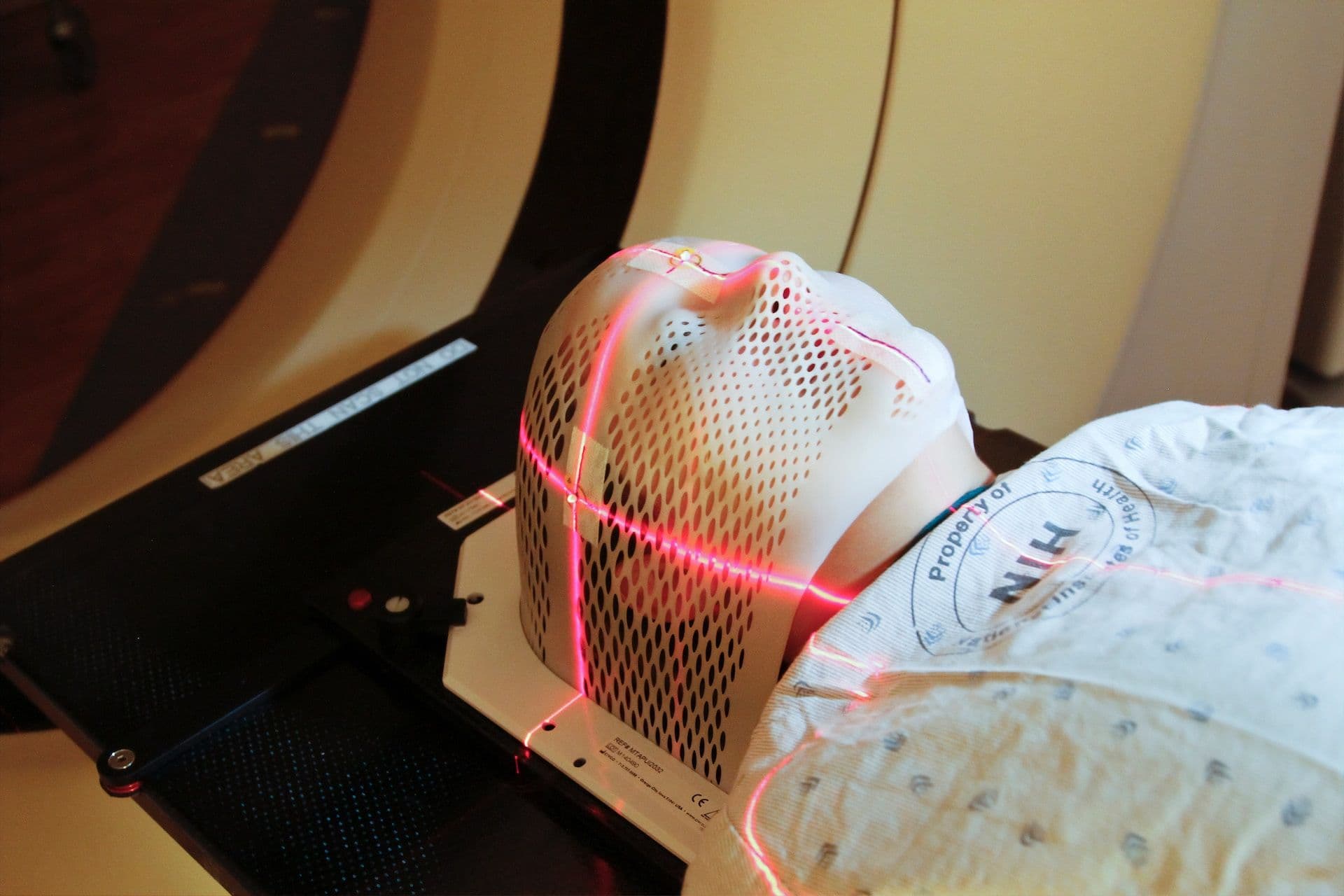Medical Imaging & Brain Injuries
The Role of Advanced MRI/DTI in Diagnosing Brain Injuries
Delve into the world of advanced MRI and DTI imaging technologies, and discover how they are transforming the way we diagnose brain injuries. Learn about the key role these technologies play in providing a more detailed picture of brain health.

June 20, 2023
|
Brain Mapping Solutions Team
Introduction
Magnetic Resonance Imaging (MRI) and Diffusion Tensor Imaging (DTI) are two advanced imaging techniques used to study the human brain's structure and function. They are particularly important in diagnosing brain injuries, providing images with far greater detail than traditional imaging methods, such as computed tomography (CT) scans.
The Power of MRI
MRI is an imaging technique that uses strong magnetic fields and radio waves to generate images of the body's internal structures. Unlike X-rays and CT scans, MRI does not use ionizing radiation. Instead, it uses a large magnet and radio waves to generate signals from atoms in the body. These signals are then used to construct detailed images of internal body structures, including the brain.
When it comes to diagnosing brain injuries, an MRI scan can reveal minute changes in the brain that might not be visible with other imaging techniques. This makes it a powerful tool in the diagnosis of conditions like traumatic brain injury, strokes, tumors, and degenerative brain diseases.
The Role of DTI in Brain Imaging
DTI is a type of MRI that enables the measurement of the restricted diffusion of water in tissue to produce neural tract images. This imaging method is particularly valuable when assessing white matter, which consists of nerve fibers (axons) and protective myelin sheaths. DTI is capable of detecting damage to white matter, which is often associated with brain injuries.
By measuring the movement of water molecules within the brain, DTI can create a detailed map of the brain's connections. These images can reveal disruptions to normal brain function caused by brain injury and can provide invaluable information to guide treatment.
The Intersection of MRI and DTI in Brain Injury Diagnosis
The combination of MRI and DTI allows for comprehensive imaging of brain injuries. While an MRI provides a detailed view of the brain's structure, a DTI adds another layer of information by showing how well different parts of the brain are communicating with each other. Together, these imaging methods can reveal the extent of a brain injury and guide a personalized treatment plan.
Conclusion
Advanced imaging techniques like MRI and DTI have revolutionized the way we diagnose brain injuries, providing a much more detailed picture of the brain's structure and function. As technology continues to improve, these tools will undoubtedly become even more vital in our quest to understand, diagnose, and treat brain injuries.
Organizations like Brain Mapping Solutions continue to push the boundaries of these technologies, leveraging the power of advanced MRI and DTI to detect, understand, and treat brain injuries and neuro-degenerative diseases more effectively.
How Brain Mapping Solutions Supports Cognitive and Behavioral Impact Analysis
Brain Mapping Solutions offers advanced imaging technology that helps medical professionals link brain injuries to cognitive and behavioral deficits, providing clarity in diagnosis and treatment planning.
Location-Specific Injury Identification: Revolutionizing Brain Injury Diagnosis
This article highlights the importance of accurately identifying the location of brain injuries. It explains how Brain Mapping Solutions uses advanced imaging technology to pinpoint injury locations, helping medical professionals develop better treatment plans for their patients.
Imaging Center Partnerships: Expanding Access to Advanced Neuroimaging with Brain Mapping Solutions
Brain Mapping Solutions has established strong partnerships with over 100 imaging centers across the United States, ensuring that advanced neuroimaging technology is accessible to more people. These partnerships allow for more accurate diagnosis and treatment of brain injuries, empowering healthcare providers and patients alike.
PRISM Imaging: Advanced Detection for Brain Health
Brain Mapping Solutions offers PRISM Imaging, a state-of-the-art neuroimaging tool that enhances the detection of traumatic brain injuries, seizures, CNS neoplasms, and neurodegenerative diseases.
HIPAA-Compliant Secure System: Ensuring Advanced Protection for Patient Data
Brain Mapping Solutions, led by Dr. David R. Patterson, offers a HIPAA-compliant, secure cloud-based system for storing and sharing patient imaging data. This ensures that patient information is fully protected while remaining accessible to authorized medical professionals.